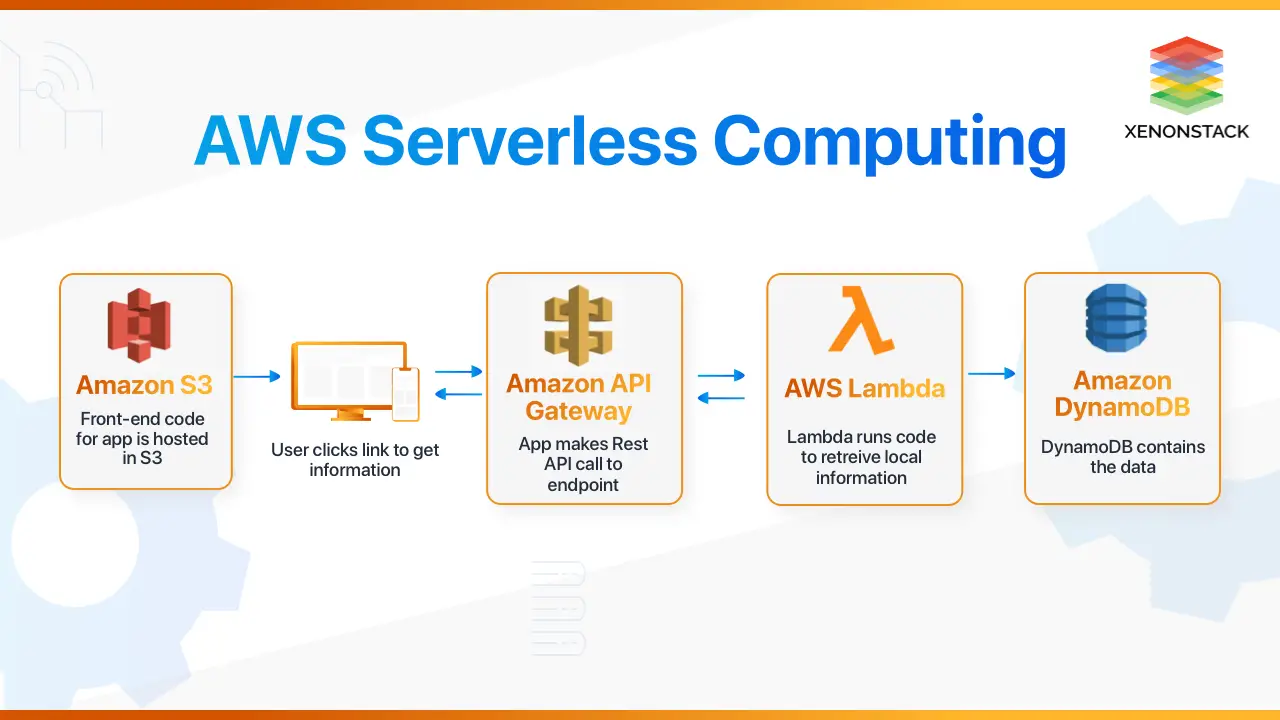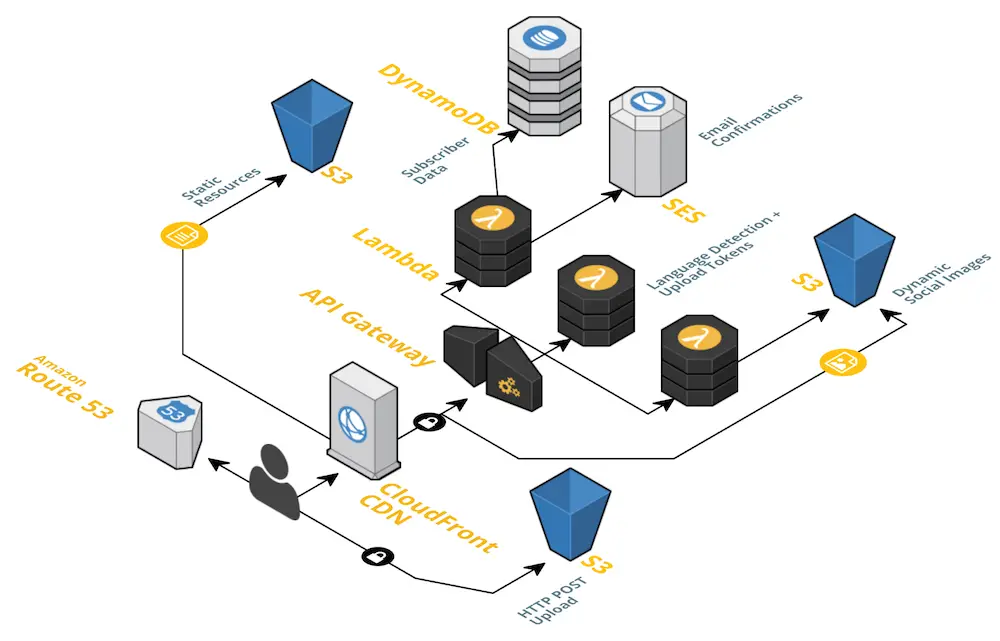Serverless Snafus: Working With AWS Lambda and Other Serverless Architectures

Serverless computing has become a popular choice for developers due to its cost-effectiveness, scalability, and ease of use. However, working with serverless architectures can also be challenging, as there are a number of potential pitfalls that can lead to problems.

One of the most common challenges when working with serverless architectures is managing concurrency. Serverless functions are typically designed to be stateless and ephemeral, which means that they can be scaled up or down on demand to meet the needs of the application. However, this can also lead to problems if the application experiences a sudden spike in traffic. If the function is not designed to handle a large number of concurrent requests, it can start to fail, which can lead to downtime for the application.

Another challenge when working with serverless architectures is debugging. Serverless functions are typically deployed in a managed environment, which means that developers do not have direct access to the underlying infrastructure. This can make it difficult to debug problems, as developers cannot simply log into the server and inspect the code.
Finally, serverless architectures can also be more expensive than traditional architectures, depending on the usage patterns of the application. Serverless functions are typically priced on a pay-as-you-go basis, which means that developers are only charged for the resources that they use. However, if the application experiences a lot of traffic, the cost of running the serverless functions can quickly add up.
Despite these challenges, serverless architectures can be a great option for many applications. By understanding the potential pitfalls and taking steps to mitigate them, developers can avoid common problems and ensure that their serverless applications are successful.
Here are some tips for working with serverless architectures:
- Start with a small and simple application. This will help you to learn the basics of serverless computing and avoid common pitfalls.
- Use a managed serverless provider. This will take care of the underlying infrastructure, making it easier to develop and deploy your application.
- Design your functions to be stateless and ephemeral. This will make them more scalable and easier to manage.
- Test your functions thoroughly. This will help you to identify and fix any potential problems before they cause downtime for your application.
- Monitor your application closely. This will help you to identify any problems and take steps to mitigate them.

